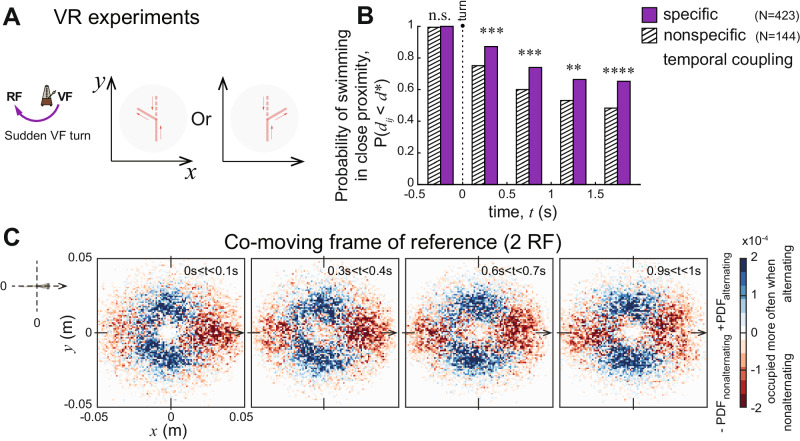Fig. 4. The functional significance of temporal coupling.
A Illustration of the VR experiments when the VF performed a sudden, unexpected turn to a randomly chosen direction (left or right; ± 60°). B Bar plot shows the probability of being in close proximity (d < 0.04 m) at different times right before and after the VF turned at t = 0. We analyzed cases where the fish was swimming close to the virtual conspecific prior to the turn. Such turning events were assigned to two categories based on the temporal pattern between the fish before the turn. One category was for cases where the fish followed a specific temporal coupling with the VF (shown with purple), with a peak in the correlation as we previously detected (Fig. 2D); in the other category there was no peak in the correlation close to what was previously detected (nonspecific temporal coupling; hatched bars) (see Supplementary Fig. 14 for the full dynamics of all the data). Those with the specific temporal coupling had a higher likelihood to continue swimming with the virtual fish after it turned. (n.s. shown for not significant; * for p < 0.05; ** for p < 0.01; *** for p ≤ 0.001; **** for p ≤ 0.0001; exact results from a one-sided proportion test: p = 0.1578, p = 0.0010, p = 0.0010, p = 0.0020, p = 0.0001). C Heatmaps of the spatial configurations between 2 RF, shown in a co-moving frame of reference that follows the smoothed motion path of the focal fish to decrease the jittering effect of its speed oscillations caused by the burst-and-glide pattern (see Methods for more details). Swimming in close proximity was separated into two categories based on the temporal relationship of the two fish: time segments when the pairs had a specific temporal relationship of alternating beats and those that did not. The heatmaps show the difference between the two distributions, where blue depicts positions occupied more often when the pair was alternating, and red shows positions occupied more often when nonalternating.

